Insect and Related Pests of Foliage Plants
Caterpillars
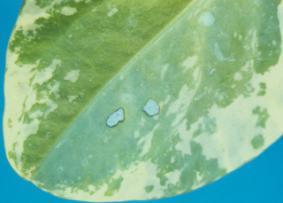
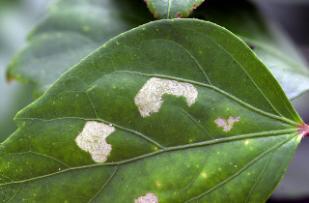
In initial infestations of lepidopterous larvae (caterpillars), newly hatched larvae feed on the superficial tissues of the lower leaf surfaces producing a "window" effect in the leaf surface. This is commonly seen with schefflera, hibiscus and Peperomia.
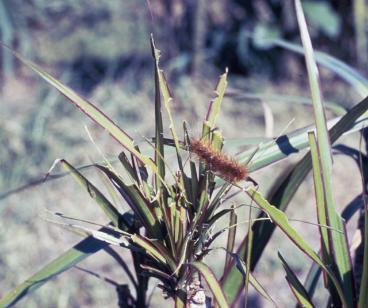
The saltmarsh caterpillar, Estigmene acrea (Drury)
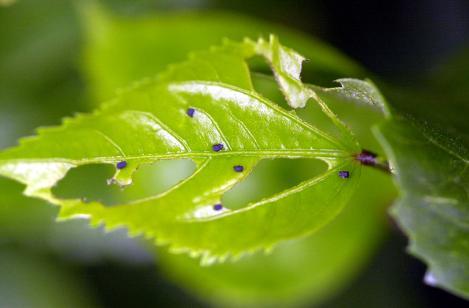
Older larvae begin to skeletonize leaf tissue and finally consume entire leaves. As infestations can occur when adult moths fly into greenhouses from outdoor areas, a high level of control can be obtained by maintaining a well built structure that will not allow access of the adults to your crop.
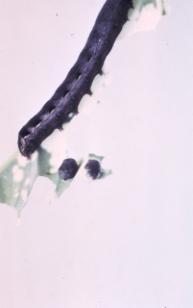
Often larval feeding will occur at night and no pests will be visible during the day. In such cases, fecal pellets or droppings, as seen in this and the previous slide, are often signs of a worm infestation.
